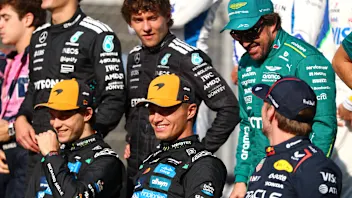Good to talk? The FIA’s Charlie Whiting on the new radio restrictions
Among the hot topics of conversation in the Melbourne paddock this weekend has been 2016’s tougher restrictions on pit-to-car radio messages, designed to ensure that drivers drive the car 'alone and unaided' and are not being 'coached' from the pit wall.
For example, a driver can no longer be given information about driving lines or how to adjust his car to make it faster whilst out on track. Talking to the media at Albert Park, the FIA’s Formula One race director, Charlie Whiting, spoke about the latest guidelines provided to the teams…
On the latest updates to what teams can tell their drivers over the radio…
“There’s a few more things that they can say. The main changes are that a team can tell a driver to stay out, which we hadn’t said before. They are allowed to talk to the driver on the grid, so we’ve said that the only time they can’t talk to the driver is whilst the engine is running. When the engine’s off on the grid they can talk to a driver. They can tell a driver when to turn off the delta time procedure once they’ve crossed the Safety Car line twice behind the Safety Car. The messages telling them to do certain test routines is restricted now to P1 and P2 only. Those are the main additions to that.”
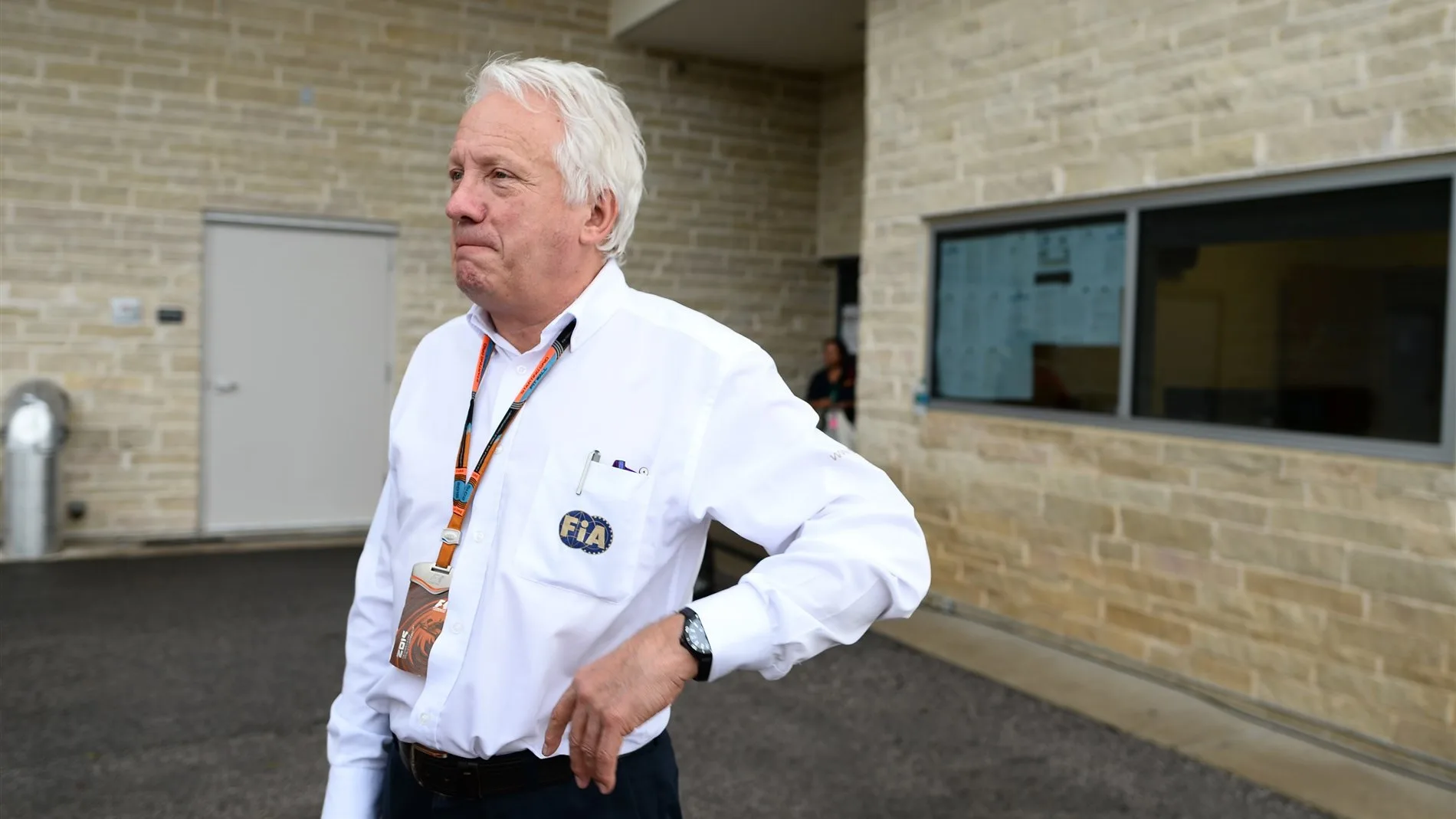
What we’re trying to do is to make sure the driver is driving the car on his own, that he’s not being told how to drive the car. Simple as that, really.
On the aim of the new radio guidelines…
“What we’re trying to do is to make sure the driver is driving the car on his own, that he’s not being told how to drive the car. Simple as that, really.”
On the possible penalties for breaching the guidelines…
“I think it would depend on the level of the breach. If it was a simple one, I think we would let them get away with a warning - at this stage, at least. If it were slightly more serious the stewards might consider a reprimand, but if they were to do something which really helped the driver do something he should be doing himself then I suspect a time penalty might be more appropriate.”
On how it can be decided if a team has used an (illegal) coded message…
“It can’t. Not clearly. I can’t tell you now how a coded message is going to... It depends entirely on what the message is and what the explanation is for that message. By putting down exactly what you can say, if you go outside of that it’s fairly obvious. I’ve had some very strange questions about ‘the birds are flying high in the sky today’ and stuff like that. I’d just say it’s not on the list. Seriously, I think that even by using some of these things on the list there is probably a way of getting a message across which we weren't intending them to, but we’ll have to deal with that on a case-by-case basis.”
On how the teams are being monitored…
“We’re listening to it in real time. We’ve got four people in race control listening to three drivers each, and then we’ve got four or five software engineers listening to two or three each, so it’s relatively straightforward, for a start. Quite honestly, they’re not saying that much.
“We will hear every single message, yes. I’m absolutely sure of that. Going back to the coded messages, we’ve got to be a little careful about that. We could, for example, if we have some suspicion that a message is odd, say, we could then look at the data from the car and see if the driver did anything in response to that message. Then maybe at the next race if we hear the same message we’ll look for the same switch change, or something like that. We’ll build up a little knowledge.”
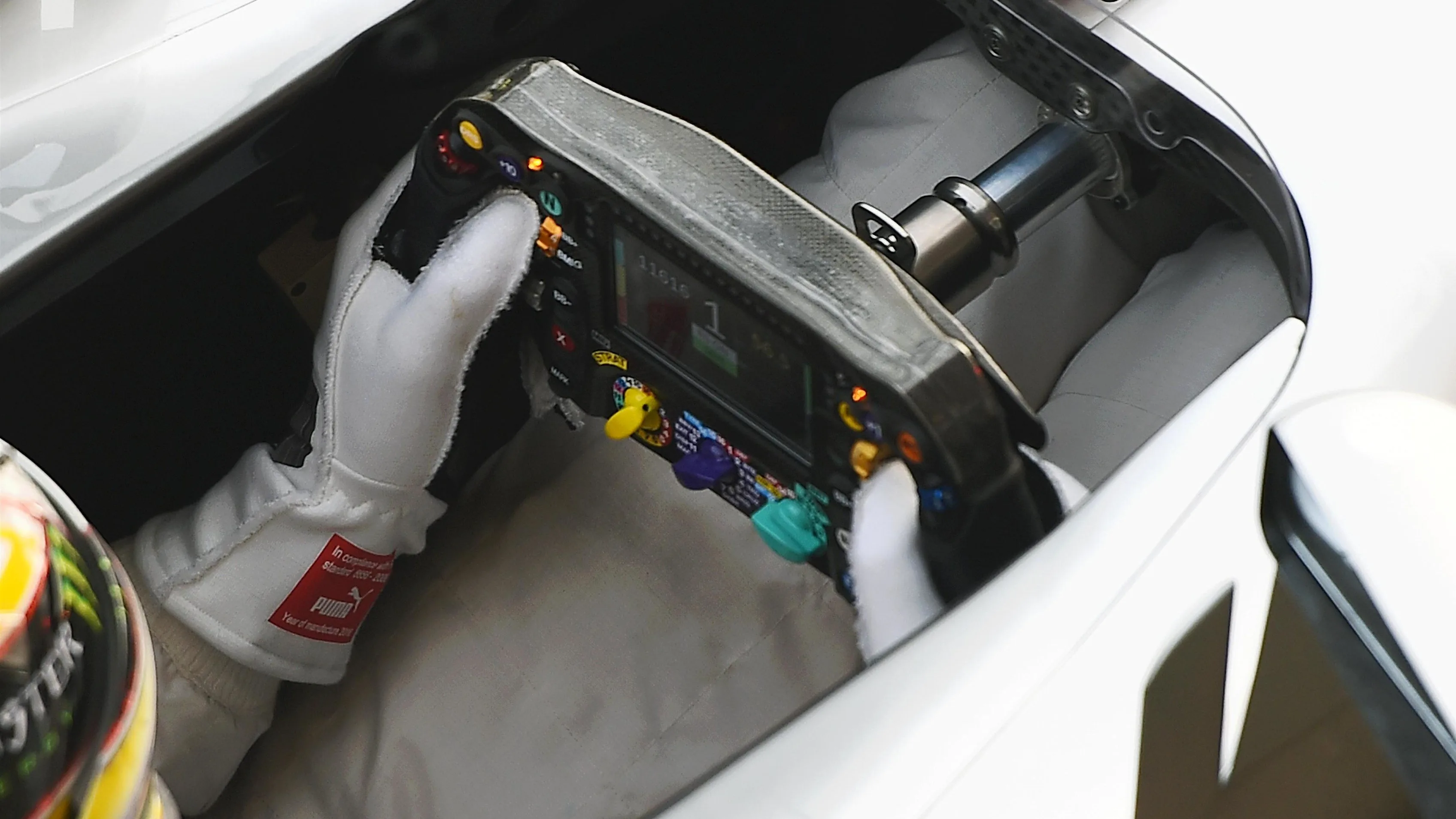
We’ve spent a lot of time in the winter going through with teams what they can and can’t display.
On the messages teams may display on the driver’s steering wheel…
“We have some very strict guidelines about what they can display to the driver. Obviously the dashboard is a very complex and highly powerful piece of equipment, and they can do all sorts of things with it. We’ve spent a lot of time in the winter going through with teams what they can and can’t display. There’s a huge document which says what you can do with all of the ECU system, and obviously the dashboard is part of ECU. In very general terms we will only allow real-time information, nothing predictive. So you can’t display on it how to use the brakes so they’ll last for the whole race - you’ve got to have warnings for critical problems, but that’s about it really.
“You're allowed to see how much fuel they’ve used and how many laps they’ve done in general, but you can’t tell a driver what to do based on the fuel prediction. He has to look at it and do it himself.”
On the use of pit boards…
“They’re allowed to give the same messages they’re allowed to pass on the radio and no more. There has been some suggestion that by putting the lap count - for example - in red it means something, if it’s yellow it means another, white another… We do have a camera looking at all the pit boards, so if we see anything unusual we will ask why. They will do their very best to try and get as much information to the drivers as they can. I just hope they do it in a legal way.”
On how the changes will affect the TV viewers’ experience…
“First of all, we heard many, many complaints from viewers who were a bit fed up of hearing the continual engineering assistance the driver was getting. That’s fundamentally what we want to cut out. …But the driver is allowed to say anything he wants - there’s no restrictions in what he says; it’s what the team can say to him. You’ll still get what I would call the juicy content - if someone has done something silly on track, the driver can call him an idiot and all that sort of stuff. Those are the things that generally I think people like to hear.”
On how the changes might affect tyre strategy in the race…
“I’m not a strategist, but I would have thought they will talk these things to death, as it were, before the race and they will know what they are going to do and the teams are allowed to bring a driver in, as long as he comes in on the lap in questions, so I think if they wanted to change strategy, they could just say “box this lap”. They can’t tell him what tyres they are going to put on but they can show him, for example. I can’t see why it should change. As I said, beforehand they will know exactly what they intend to do in the race and if circumstances change and they want to alter that strategy they still can, it’s just that they can’t discuss it at length with the driver.”
Next Up
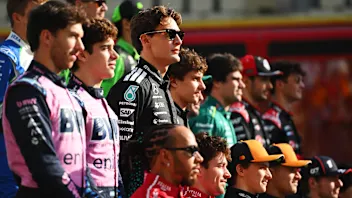
.webp)
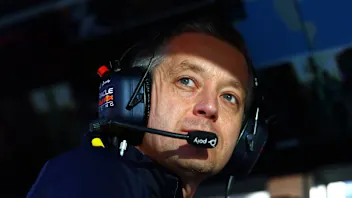

.webp)
